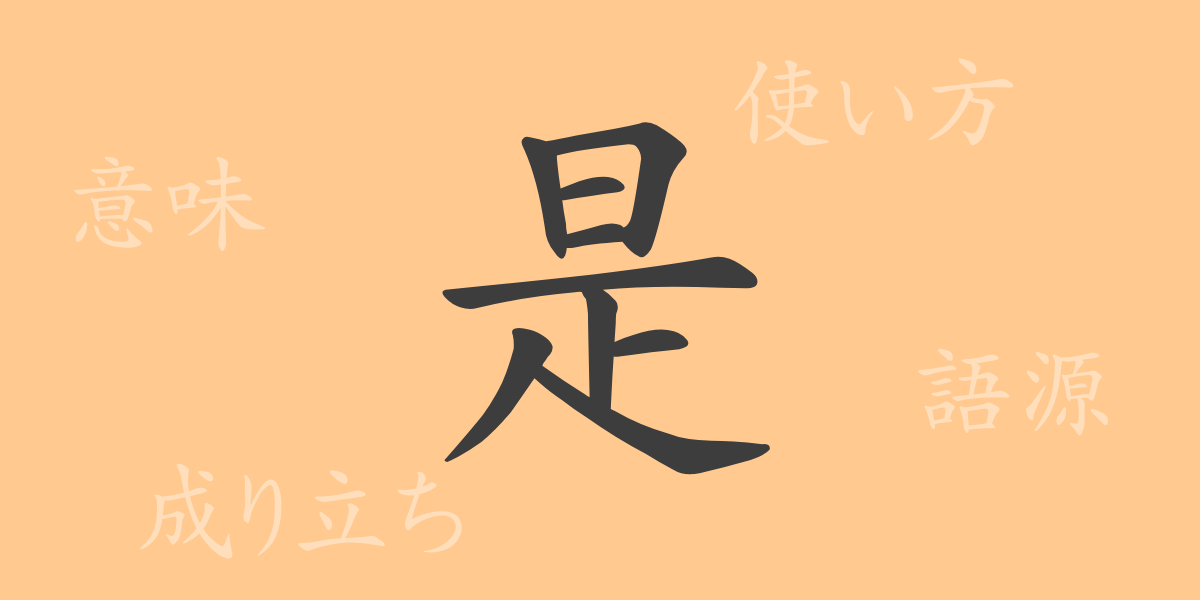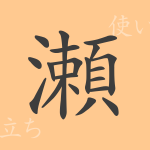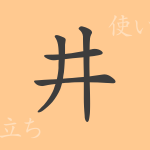The Japanese language is adorned with kanji, characters that are deeply rooted in culture and possess intrinsic beauty. One such character, ‘是’ (ゼ), is commonly used in everyday Japanese. Despite its simple appearance, ‘是’ carries a rich history and profound meanings. This article delves into the origins, meanings, applications, and the enduring phrases and idioms of the kanji ‘是’, providing a detailed exploration into its significance within the Japanese language.
Origins of 是
The kanji ‘是’ traces back to ancient China, with origins extending as far back as before the Common Era. Initially an ideogram representing a window that blocks sunlight, ‘是’ evolved to embody more abstract concepts, eventually acquiring meanings such as “correct” and “just so.”
Meaning and Usage of 是
‘是’ is used to denote “correct” or “to approve” and is often employed in conversations to agree with someone’s statement. Depending on the context, it is also used in the phrase ‘是非’ (ゼヒ) meaning “certainly” or “absolutely,” to emphasize decisiveness or necessity.
Readings, Stroke Count, and Radical of 是
The kanji ‘是’ is well-established in the Japanese lexicon, recognized by its readings and structure:
- Readings: On’yomi ‘ゼ’, no Kun’yomi readings.
- Stroke Count: ‘是’ consists of 9 strokes.
- Radical: The radical is 日部 (にちへん), related to the sun or day.
Phrases, Idioms, and Proverbs Using 是
Phrases and idioms involving ‘是’ play a significant role in Japanese language, expressing nuances and judgements. For example, ‘是非に及ばず’ (ぜひにおよばず ‐ an unavoidable situation) and ‘是非を言う’ (ぜひをいう ‐ to critique as right or wrong) are common expressions that reflect the versatility and depth of ‘是’ in communication.
Conclusion on 是
Each kanji in Japanese bears its own history and significance, with ‘是’ being no exception. This exploration has hopefully provided a deep understanding of ‘是’s unique allure and how it is utilized. ‘是’ appears in everyday conversation, business contexts, and literature, marking its importance as a cherished element of the Japanese language.

























